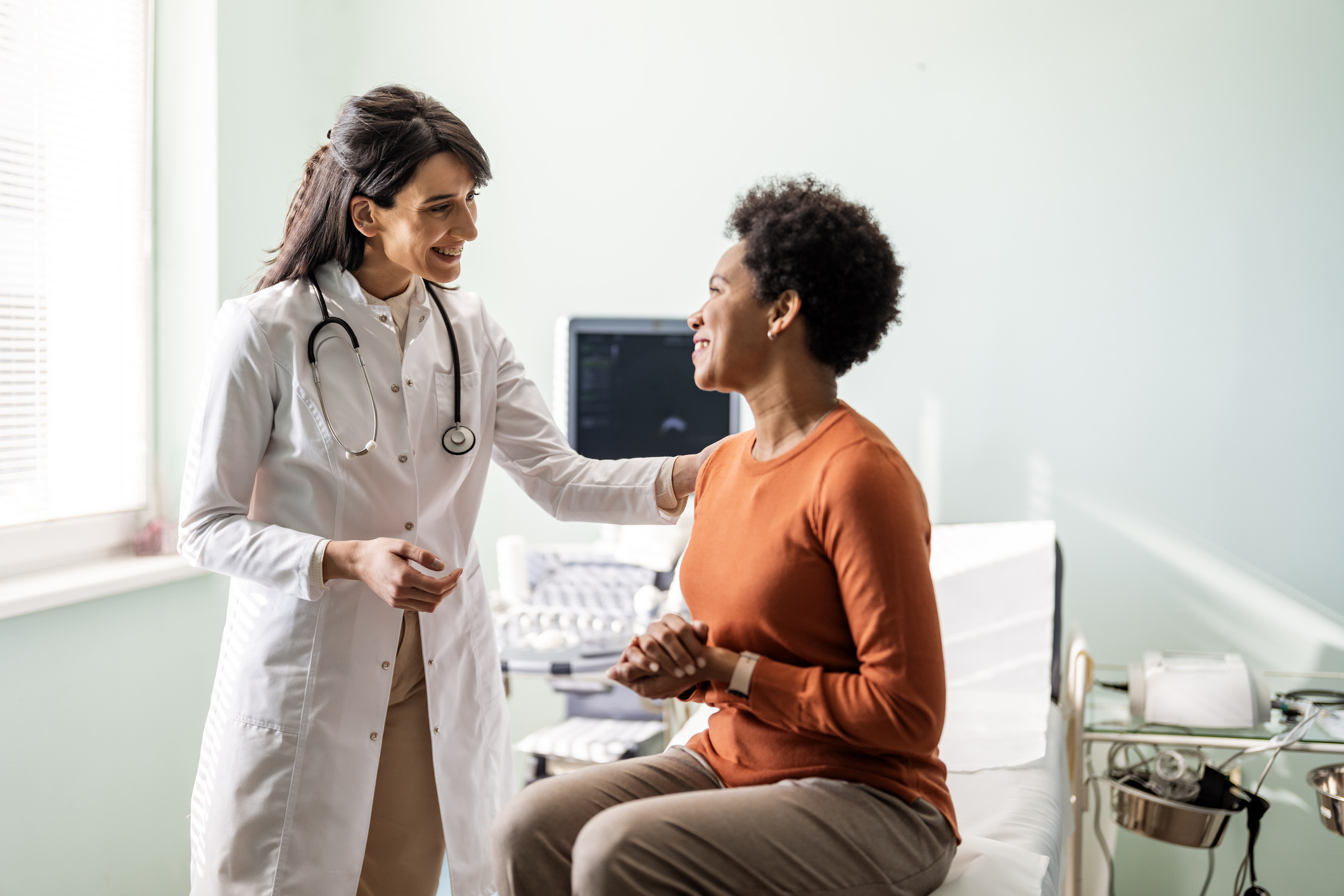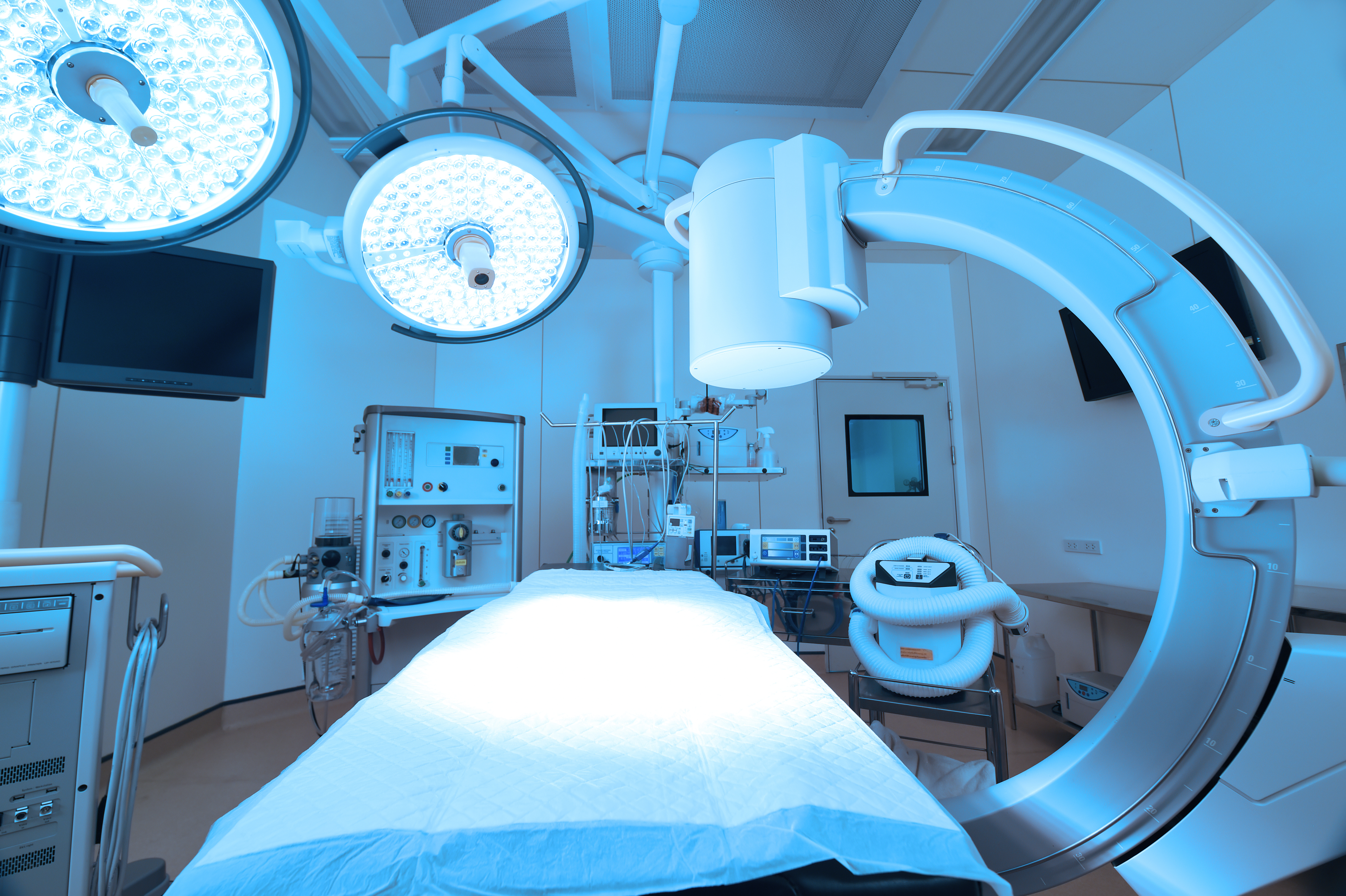When starting out my career, the biggest attraction, for me, to medical device packaging was the impact it has on the patient. Five years later and as a Senior Packaging Engineer with Alphatec Spine, it’s still what keeps me passionate about the job and it’s always top of mind.
Something I think all packaging engineers can relate to is that there are times when we’re not pulled in until the last phase of a project.
"It’s the uncomfortable truth, that sometimes packaging is more of an afterthought, but in the medical device industry, packaging is a very important function and by extension is part of the product."
When you’re pulled in late in the game, you’re often having to adapt previous packaging solutions without having the opportunity or time to innovate. However, at Alphatec Spine we’re pulled in early to project kick-offs with R&D, which allows the team time to really think and brainstorm through the new packaging design strategy. There are instances where the change in the design of the device or functionality could be impacted by the packaging and vice versa. It’s a great example of why packaging should be pulled in early to assess these impacts.
As a Senior Packaging Engineer, and because of the nature of my role, I work closely with a lot of cross functional teams, such as operations, purchasing, supply, R&D, regulatory, and quality. That’s one of the biggest challenges we, as a team, have faced with COVID-19—communication has become even more important. With no internal manufacturing team, we must ensure we’re not just aligned internally but also with our external partners.
For me, I’ve never worked from home so these past eight or nine weeks have been a new experience. Initially, I found that my work was bleeding into my mornings and evenings, making it difficult for me to create a distinction between my work and personal life. I’ve found that creating a structure, committing to it, and closing my laptop has helped me not only find work/life balance but also be more productive during the times I’m dedicating to work.
COVID-19 has also made me even more appreciative of our external teams and manufactures. Truly, they have my kudos! We’ve had some projects that were on a temporary hold to ensure we, as a company, were being fiscally responsible. These projects were recently cleared, and our suppliers and manufacturers have really supported us in making up for lost time.
The best advice I could give a packaging engineer new to the industry—don’t limit your scope to just the packaging. A lot goes into the packaging process that works in synergy. Make sure you understand the overall process, from what the product is, how it’s manufactured, how it’s distributed to how it’s utilized. Understanding the packaging process and its impact from start to finish will help you be better at your job.

.webp)


